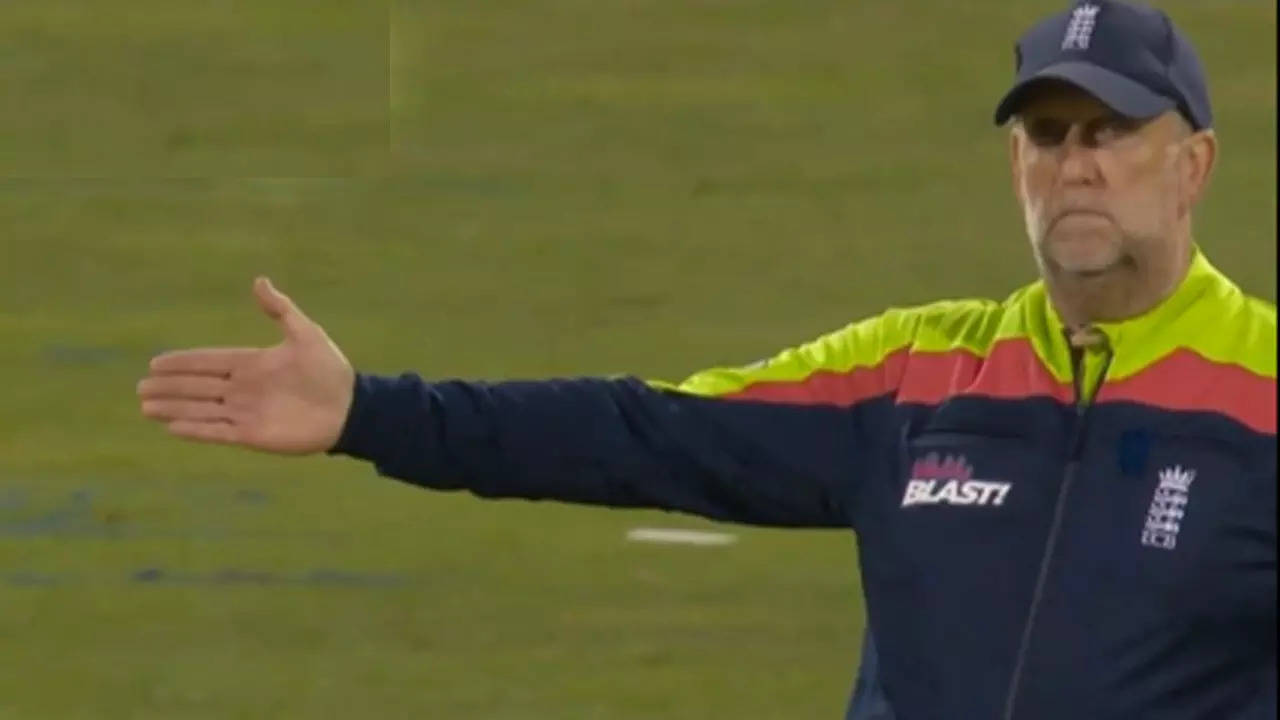No-Balls in Cricket: A Guide to Illegal Deliveries and Consequences
No-Balls in Cricket: A Comprehensive Guide
In cricket, a no-ball is an illegal delivery by the bowler, resulting in a free hit for the batsman in limited-overs matches. This rule is enforced by umpires to ensure fair play and safety.
Common Reasons for No-Balls
* Overstepping the Popping Crease: The bowler’s front foot must remain behind the popping crease at the moment of delivery.
* Bowling Above Waist Height: The ball must be delivered below the batsman’s waist height in their normal stance.
* Overextended Bowling Arm: The bowler’s bowling arm must not be extended beyond 15 degrees at the elbow.
* Illegal Bowling Actions: Certain bowling actions, such as chucking or throwing, are deemed illegal and result in a no-ball.
* Dangerous Deliveries: Deliveries that pose a safety risk to the batsman, such as bouncers that are too high or wide, can also be called as no-balls.
Consequences of a No-Ball
* The batting side is awarded one run.
* The next ball is a free hit, during which the batsman cannot be dismissed by any means except run out or stumping.
Rare No-Ball Decision in Vitality T20 Blast
During a 2024 Vitality T20 Blast match between Somerset and Northamptonshire, a rare no-ball decision was made. Upon reviewing a stumping appeal, the third umpire determined that the wicketkeeper’s gloves were ahead of the stumps at the time of delivery, rendering the delivery illegal. This no-ball gave the batsman a free hit, which he capitalized on by hitting a six.
Somerset’s Victory
Somerset, led by Lewis Gregory, posted a formidable 215/3 in their 20 overs, thanks to half-centuries from Tom Banton and Tom Kohler-Cadmore. In response, Northamptonshire managed 198/5, giving Somerset a 17-run victory. Somerset will now face Surrey in the semifinals on September 14 in Birmingham.

